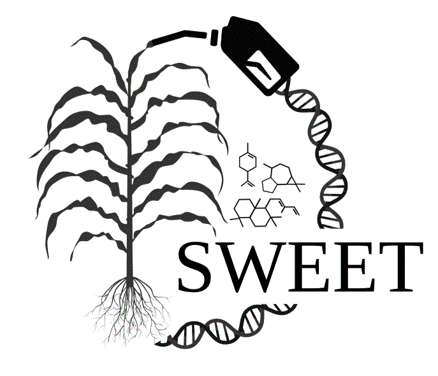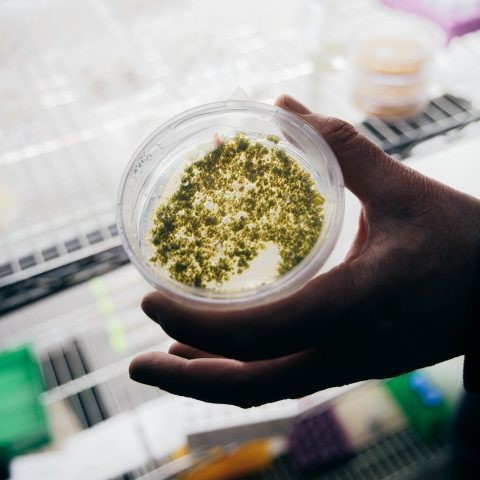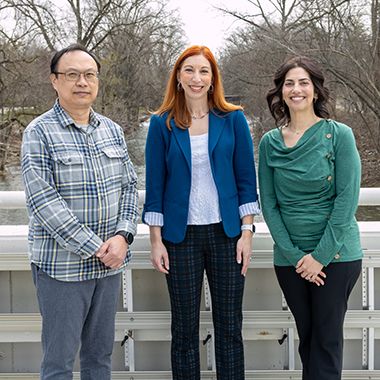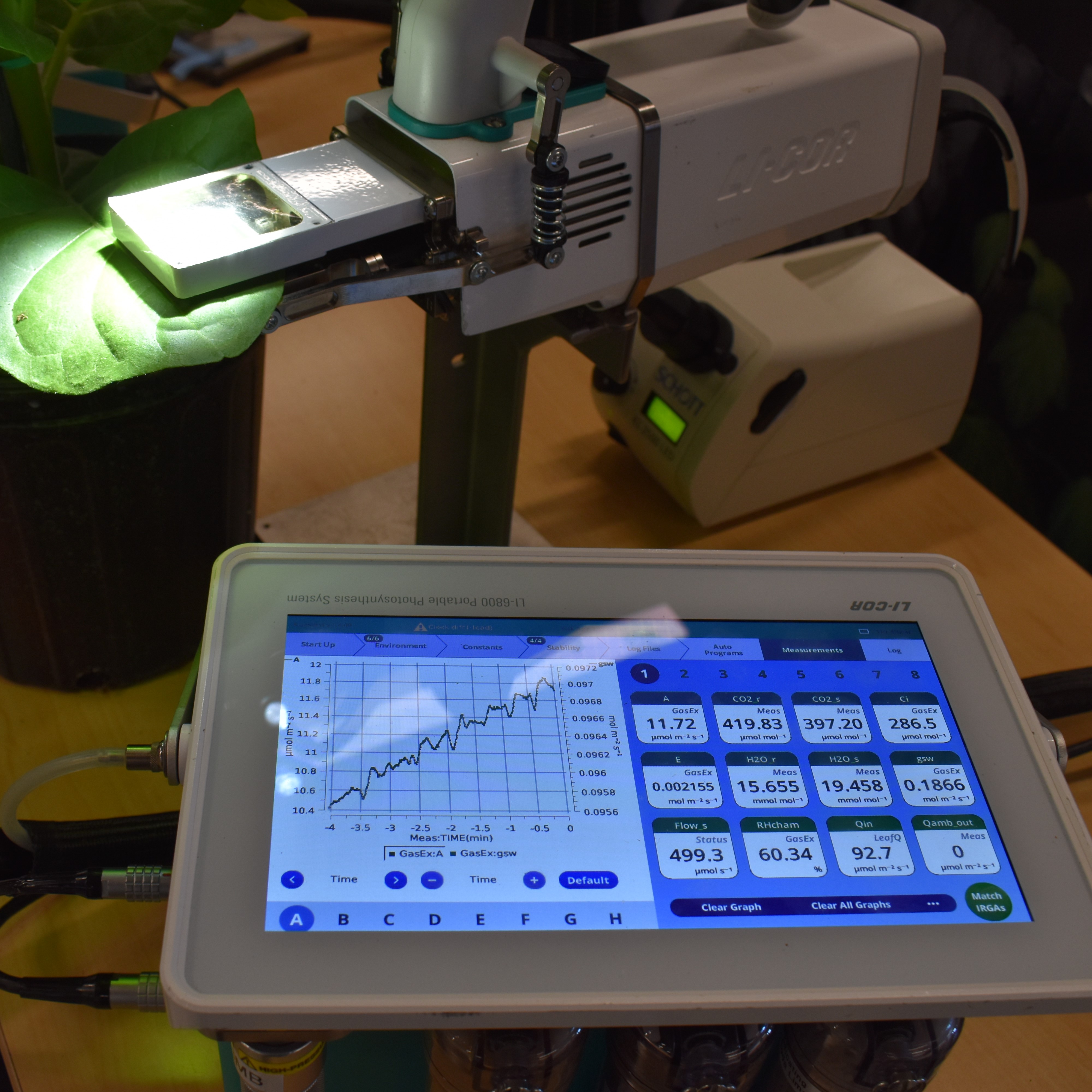MPS graduate students participate in 2024 EnergyTech competition
A group of graduate and undergraduate students participated in the 2024 EnergyTech University Prize, making it to the regionals portion of the competition. The contest is organized by the U.S. Department of Energy Office of Technology Transitions and challenges students to create and present a business plan in the energy sector.

Courtesy photo
The group, formed in Bjorn Hamberger’s class on biotechnology, consisted of nine graduate and two undergraduate students from across different programs within the university, as well as an undergrad from Loyola University Chicago. Seven of the graduate students are members of the Molecular Plant Sciences, or MPS, graduate program at Michigan State University.
The idea to participate in EnergyTech came about last minute, when Hamberger heard of the competition from a contact at the Great Lakes Bioenergy Research Center, or GLBRC.
When he asked his students if they would be interested in participating, he was pleasantly surprised by the interest it garnered.
“They coalesced quickly into a very good team, brainstormed lots of ideas and the pace at which this was happening told me that, wow, there's something bigger coming up,” said Hamberger, associate professor in the Department of Biochemistry & Molecular Biology, or BMB, and MPS.
After going through a few potential ideas, the group landed on using research from Angel McKay Whiteman and Brianna Brown’s thesis projects.
“We only found out a week and a half before we had to submit a 200-word pitch idea, so it was all hands on deck,” said McKay Whiteman, a graduate student in BMB and MPS. “We did a very good job compared to the little time that we had.”

McKay Whiteman’s research looks at sorghum, a grassy plant with uses in biofuel production. When sorghum is used for biofuel, a waxy layer that coats the plant called the cuticle must first be removed. McKay Whiteman is trying to make the cuticle more than a waste product.
Terpenes, a high value product with uses in cancer treatments, flavors and fragrances, cleaning products and more, are produced in the sorghum plant. But what if they could be produced in the otherwise wasted cuticle?
The company they pitched was called Sorghum With Enhanced Economic Traits, or Sweet.
The theory the group worked off was if terpenes can be produced in the cuticle, then the terpenes can be extracted from the cuticle and sold. The business would tap into two markets: flavors/fragrances and biofuels. They could produce valuable and bio-sustainable products, and the high price attached to biofuels could be subsidized by selling the terpenes.
The team was able to utilize MSU resources to generate their business plan, including business coaching from Associate Director Yiying Xiong and sorghum expert John Mullet, both from the GLBRC. The team also utilized the Entrepreneurs-In-Residence program through the MSU Foundation.

“If we were actually successful in making biofuels cheaper, then there'd be a lot more carbon neutral fuels used out there and they could be a good competitor with petroleum-based fuels,” said İlayda Korkmaz, an undergraduate student who graduated Spring 2024 with a bachelor's in Biochemistry and Molecular Biology.
While the group may not have ended the project with a business in place, the project did inspire them to think about their research in new ways.
“Now there's a whole other layer of, how does this actually translate to making the impact I want it to on the world?” explained Mitchell Ticoras, graduate student in the Department of Plant Biology and MPS. Ticoras acted as the team leader for this project. “I think a lot of times as academics, we don't think about what comes next. This was a good exercise in considering all of the other challenges that come after doing the science.”
The team included:
- Brianna Brown; Graduate student in Plant Biology
- Elliot Braun; Graduate student in Genetics & Genome Sciences Program and Molecular Plant Sciences
- Duncan Boren; Graduate student in Biochemistry & Molecular Biology and Molecular Plant Sciences
- Max Harman; Graduate student in Genetics & Genome Sciences Program and Molecular Plant Sciences
- Tristan Hart; Undergraduate at Loyola University Chicago
- Leah Knoor; Graduate student in Microbiology, Genetics & Immunology
- İlayda Korkmaz; Undergraduate at MSU
- Angel McKay Whiteman; Graduate student in Biochemistry & Molecular Biology and Molecular Plant Sciences
- Lucas Reist; Graduate student in Cell & Molecular Biology Program and Molecular Plant Sciences
- Luke Sharpe; Graduate student in Biochemistry & Molecular Biology and Molecular Plant Sciences
- James Suggitt; Undergraduate at MSU
- Mitchell Ticoras; Graduate student in Plant Biology and Molecular Plant Sciences
Banner image from Rawpixel.


